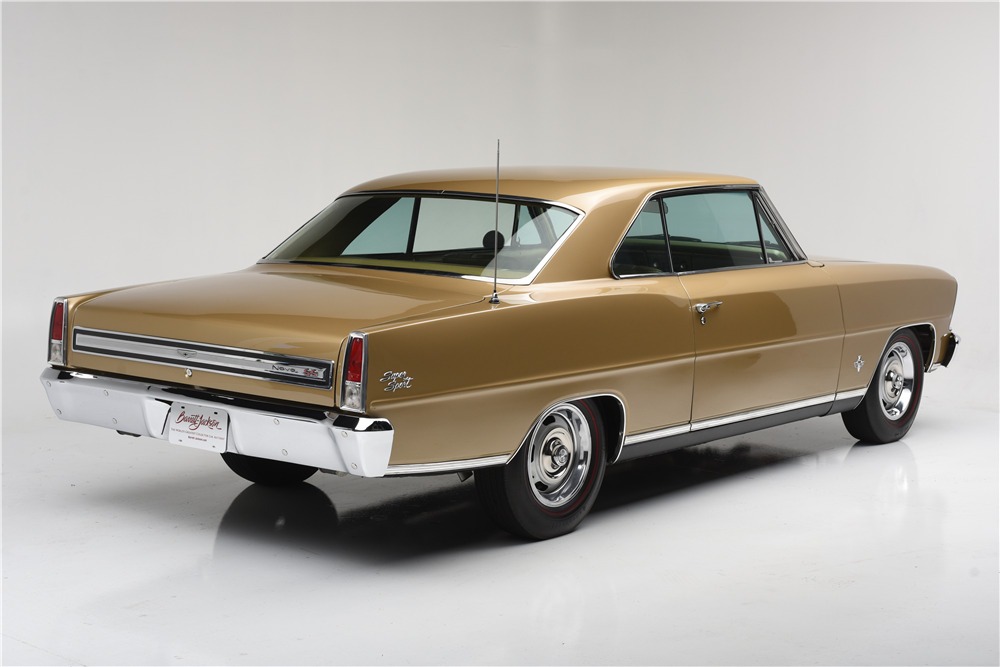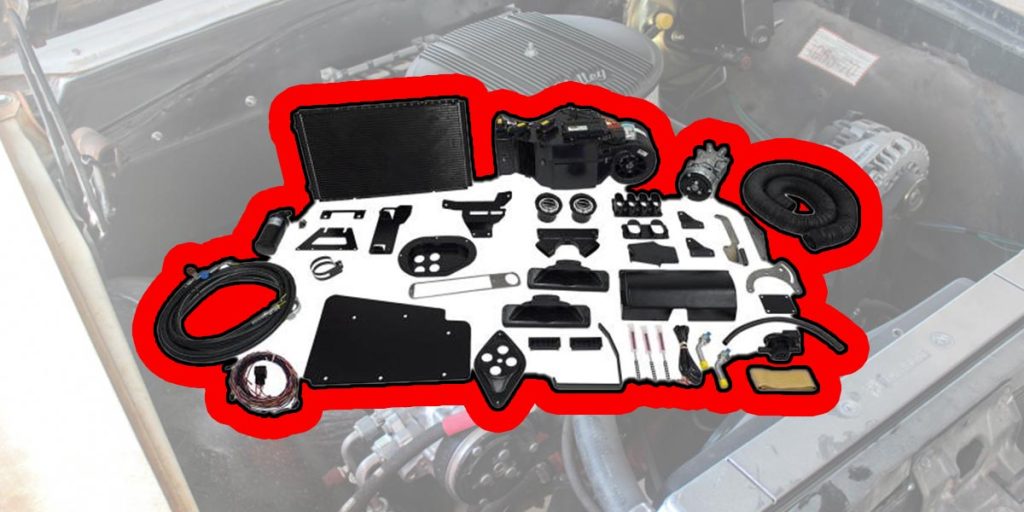The Chevrolet Nova, a nameplate that resonates deeply with automotive enthusiasts, has traversed through various generations, leaving a mark on the automotive landscape. From its inception in the 1960s to its eventual evolution and departure, the Nova has undergone a fascinating transformation that mirrors the changing automotive trends and societal shifts. Even today it’s one of our favorite cars here at SS396.com, where we have a full line of products to restore them to their former beauty!

Made as a direct competitor to the Ford Falcon, the Chevrolet Nova was and still is a highly popular car. These were entry-level cars that could pack a serious punch – they have been a favorite ever since.
First Generation Nova (1962-1965): The Compact Contender
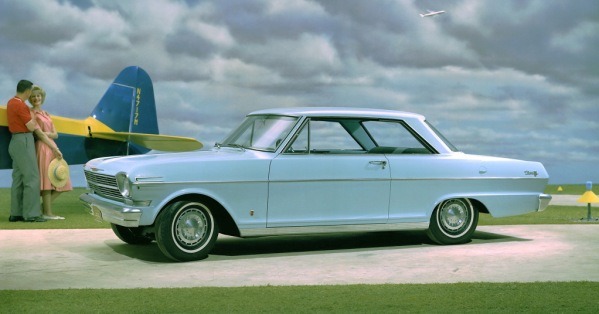
The Chevrolet Nova made its debut in the early 1960s as a compact car intended to provide economical and efficient transportation. Born out of a desire to offer an alternative to the larger and more extravagant vehicles of the era, the first-generation Nova captured the hearts of those seeking simplicity and practicality. Its clean lines and unpretentious design characterized the zeitgeist of the time. With a range of engines and body styles, the Nova quickly became a popular choice for a diverse spectrum of drivers. This first generation is the only year you could get a Nova convertible.
Second Generation Nova (1966-1967): A Touch of Muscle
As the 1960s progressed, the automotive landscape began to shift towards performance and power. The days of an SS or Super Sport car just being an appearance package were gone.
The second generation of the Nova, introduced in 1966, reflected this changing ethos. With the availability of potent V8 engines, the Nova Super Sport (SS) emerged as a quintessential muscle car, delivering exhilarating performance in a compact package. The iconic SS badge marked a significant departure from Nova’s earlier utilitarian image, paving the way for a new era of driving excitement.
Third Generation Nova (1968-1974): Muscle Car Domination
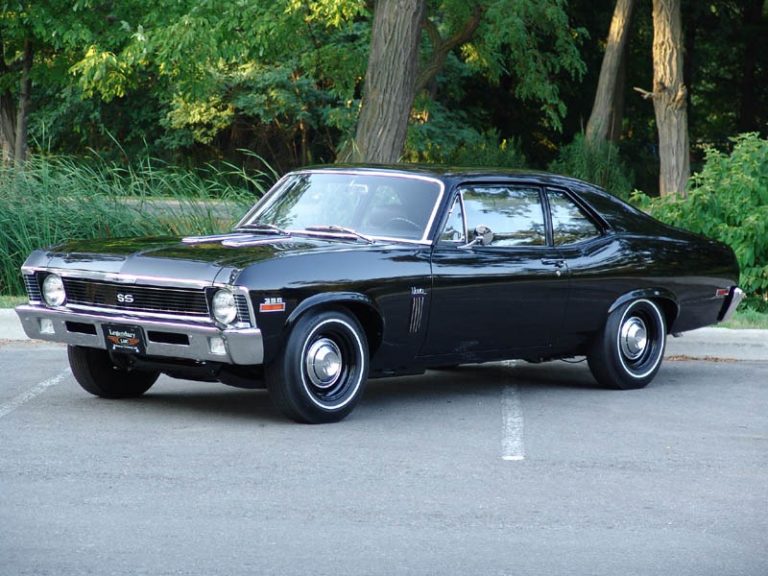
1968 was the last year these cars were called a Chevy II Nova. 1969 marked the first year they were called Nova.
The third generation of the Chevrolet Nova marked an era of unabashed muscle car dominance. The late 1960s and early 1970s saw the Nova flex its muscles, figuratively and literally. Boasting aggressive styling, powerful engine options, and an array of performance-oriented features, the Nova firmly established itself as a force to be reckoned with on the drag strips and streets alike. The introduction of the legendary Nova SS 350 and Nova SS 396 further solidified its status as a bona fide muscle car icon.
An interesting fact is that these cars share the same front suspension clip as their Camaro cousins, while the ’66-67 Nova’s share the rear suspension.
Fourth Generation Nova (1975-1979): Adapting to Change
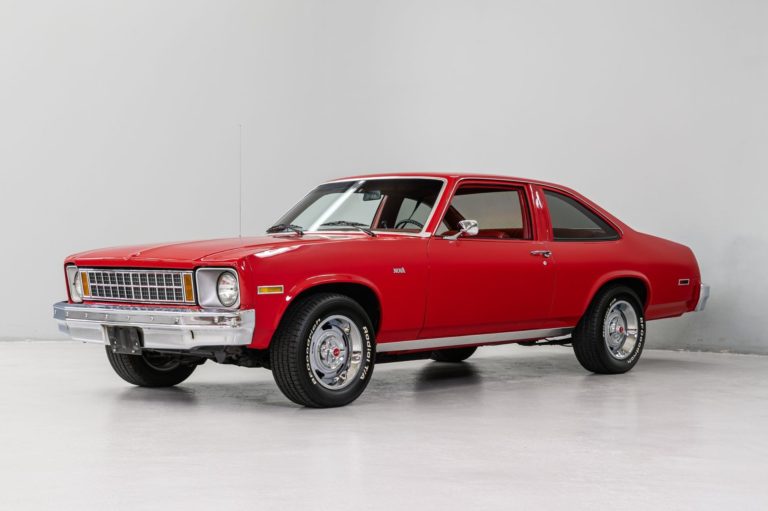
With the oil crisis of the 1970s and changing consumer preferences, the automotive landscape underwent a dramatic transformation. The fourth generation of the Chevrolet Nova showcased the brand’s adaptability to these shifting challenges. Emphasizing fuel efficiency and a more restrained design language, the Nova of this era represented a departure from the high-octane exuberance of its predecessors. While performance took a back seat, Nova’s practicality and reliability remained steadfast, catering to a changing world.
Fifth Generation Nova (1985-1988): The Phoenix Rises
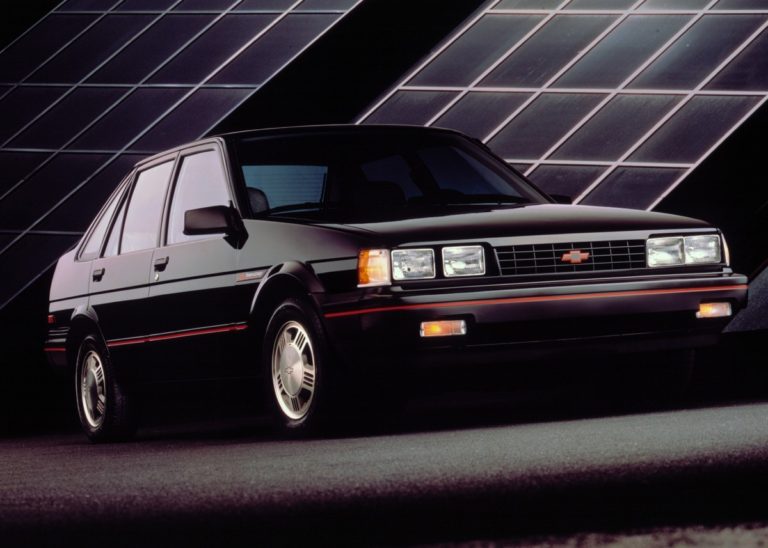
After a brief hiatus, the Chevrolet Nova reemerged in the mid-1980s, drawing inspiration from global collaborations. This generation of the Nova was a product of a joint venture between General Motors and Toyota, resulting in a compact car with a touch of Japanese engineering. While the Nova retained its compact stature, its design, and engineering bore the influence of its international parentage, reflecting a world where globalization began to shape the automotive industry.
A Legacy of Nova
The Chevrolet Nova, across its various generations, embodies the evolution of the automotive industry and its responsiveness to societal changes. From its humble beginnings as a practical compact car to its meteoric rise as a muscle car icon, and through its adaptability to changing landscapes, Nova’s journey is a testament to the dynamic nature of automotive design and engineering. As we reflect on the different generations of the Chevrolet Nova, we are reminded that each iteration contributes to a legacy that continues to inspire and captivate car enthusiasts around the world.
Remember if you need parts for your Nova, hop on SS396.com or give our friendly techs a call at (203) 235-1200!

